KETOROLAC 0.5% SOLUTION - OPHTHALMIC
PHONETIC PRONUNCIATION: (KEE-toe-ROLE-ak troe-METH-a-meen)
COMMON BRAND NAME(S): Acular
GENERIC NAME(S): ketorolac tromethamine
Uses
USES: This medication is used to temporarily relieve itching eyes caused by seasonal allergies. It is also used to prevent and treat eye swelling due to a certain type of eye surgery (cataract removal). Ketorolac belongs to a class of drugs known as nonsteroidal anti-inflammatory drugs (NSAIDs). It works by blocking certain natural substances in your body to reduce pain and swelling.
How to use KETOROLAC 0.5% SOLUTION - OPHTHALMIC
HOW TO USE: Apply this medication to the affected eye(s), usually 4 times daily or as directed by your doctor. To apply eye drops, wash your hands first. To avoid contamination, do not touch the dropper tip or let it touch your eye or any other surface. This medication should not be used while wearing contact lenses. Consult your doctor or pharmacist for details. Tilt your head back, look upward, and pull down the lower eyelid to make a pouch. Hold the dropper directly over your eye and place one drop into the pouch. Look downward and gently close your eyes for 1 to 2 minutes. Place one finger at the corner of your eye (near the nose) and apply gentle pressure. This will prevent the medication from draining out. Try not to blink and do not rub your eye. Repeat these steps for your other eye if so directed. Do not rinse the dropper. Replace the dropper cap after each use. If you are using another kind of eye medication (e.g., drops or ointments), wait at least 5 minutes before applying other medications. Use eye drops before eye ointments to allow the eye drops to enter the eye. Do not apply this medication more often than prescribed or continue using it for longer than directed by your doctor. This medication is usually for short-term use (2 weeks or less) unless otherwise directed by your doctor. Use of ketorolac eye drops for longer than prescribed may increase the risk of very serious side effects of the eye. Inform your doctor if your condition persists or worsens.
Side Effects
Precautions
Interactions
Overdose
Images
Reviews
Faq for KETOROLAC 0.5% SOLUTION - OPHTHALMIC
- Ketorolac 0.5% Solution - Ophthalmic is used to relieve eye pain and reduce inflammation following eye surgery.
- Ketorolac 0.5% Solution - Ophthalmic belongs to a class of medications called nonsteroidal anti-inflammatory drugs (NSAIDs). It works by blocking the production of certain natural substances in the body that cause pain and inflammation.
- Wash your hands before using the medication. Tilt your head back, pull down the lower eyelid, and squeeze one drop into the eye. Close your eye and gently press on the inner corner of your eye for 1-2 minutes. Use the medication as directed by your doctor.
- Common side effects may include burning or stinging sensation in the eye, blurred vision, dry eyes, itching, and sensitivity to light. If any of these side effects persist or worsen, contact your doctor immediately.
- It is generally recommended to avoid wearing contact lenses while using Ketorolac 0.5% Solution - Ophthalmic. Consult your doctor or eye care professional for guidance.
- It is important to discuss the risks and benefits of using Ketorolac 0.5% Solution - Ophthalmic during pregnancy or breastfeeding with your doctor. They will weigh the potential benefits against the possible risks and make a recommendation.
- The duration of use will be determined by your doctor. It is important to follow their instructions and not exceed the recommended duration of treatment.
- Inform your doctor about all other eye medications you are using to avoid any potential interactions. They will provide guidance on the safe use of multiple eye medications.
- If you miss a dose, use it as soon as you remember. However, if it is close to the time for your next dose, skip the missed dose and resume your regular dosing schedule. Do not double the dose to catch up.
Disclaimer
IMPORTANT: HOW TO USE THIS INFORMATION: This is a summary and does NOT have all possible information about this product. This information does not assure that this product is safe, effective, or appropriate for you. This information is not individual medical advice and does not substitute for the advice of your health care professional. Always ask your health care professional for complete information about this product and your specific health needs.

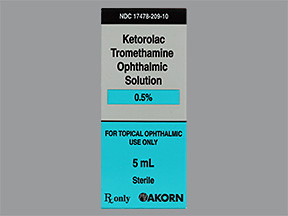

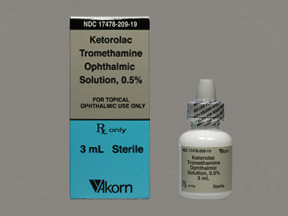
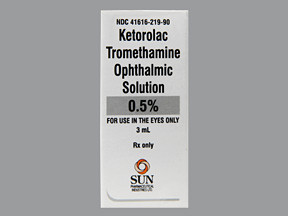

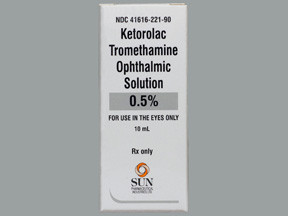
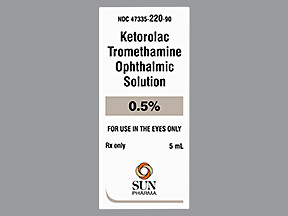

No Reviews Yet